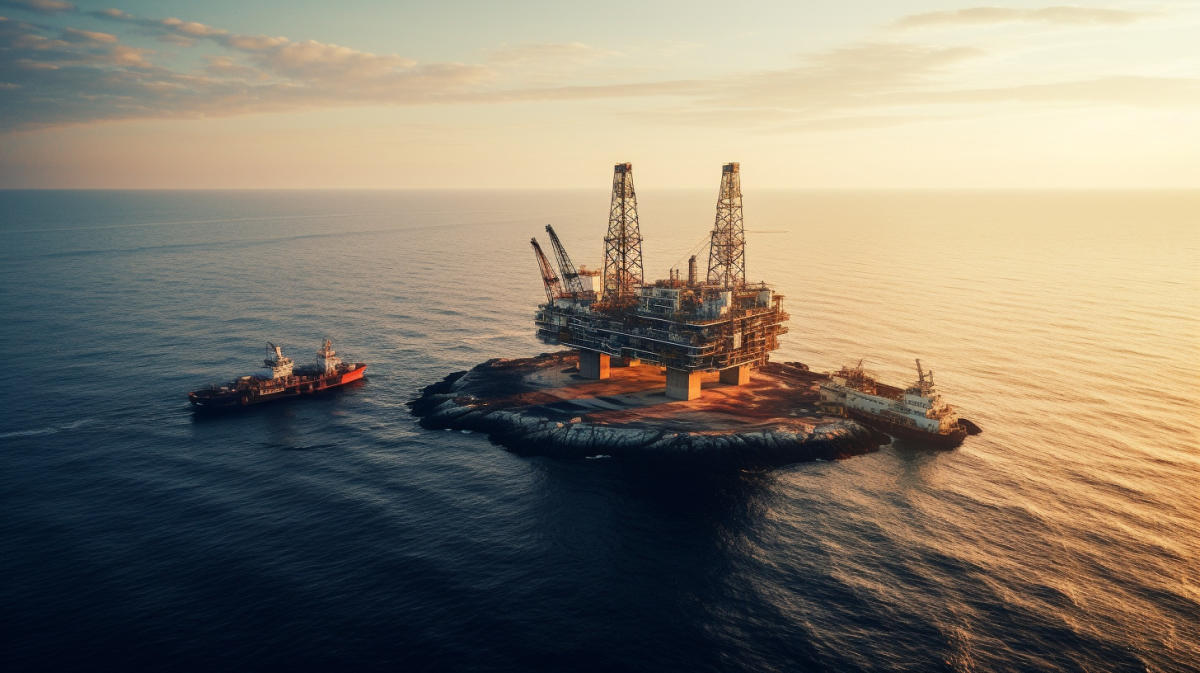As artificial intelligence (AI) drives explosive growth in data usage and computing power, Chevron is positioning itself as a key energy supplier to meet the rising electricity demands of U.S. data centers. With AI's rapid expansion, data centers are projected to consume up to 9% of the country’s total electricity by 2030, up from the current 2%.
Chevron, in partnership with Engine No. 1 and GE Verona, announced plans to build natural gas-fired power plants directly connected to data centers, ensuring around-the-clock energy availability. The initiative will focus heavily on U.S. natural gas supplies, particularly from the Permian Basin, which Chevron CEO Mike Wirth highlighted as essential for supporting AI's energy needs.
“AI’s advance will depend not only on Silicon Valley’s innovation, but also on the gas fields of the Permian Basin,” Wirth stated during the Gastech conference in 2024.
According to Goldman Sachs, powering future data center expansion could require an additional 3.3 billion cubic feet of natural gas per day by 2030. Data centers already use 10 to 50 times more energy per square foot than typical commercial buildings and can stress local grids, especially during peak demand.
To mitigate these challenges, Chevron is advancing “behind-the-meter” energy solutions—localized power sources that reduce dependency on the public grid and help control costs for operators.
Major tech firms like Microsoft, Amazon, Google, and Meta are accelerating AI infrastructure development. Microsoft alone announced an $80 billion investment in AI-enabled data centers, with over half earmarked for U.S. projects. Blackstone estimates over $1 trillion will be invested in U.S. data centers through 2030.
Chevron’s growing role in this energy shift reinforces its strategic push into power generation for high-growth digital sectors through its Chevron New Energies division.
chevron.com











